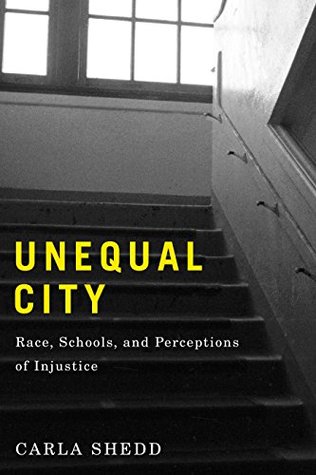Students’ perceptions of safety and their actual exposure to violence and crime are heightened when they cross social and symbolic boundaries. Those who live in a city learn certain things about how to “stay safe” in their neighborhood. There, they may know the problem areas and even the problem people, but that knowledge is missing when they pass through less familiar places. Over time students on their way to and from school may acquire some knowledge about those passages, but the sheer amount of instability and mobility inevitably exposes them to places whose rules they do not know and
...more
Welcome back. Just a moment while we sign you in to your Goodreads account.


